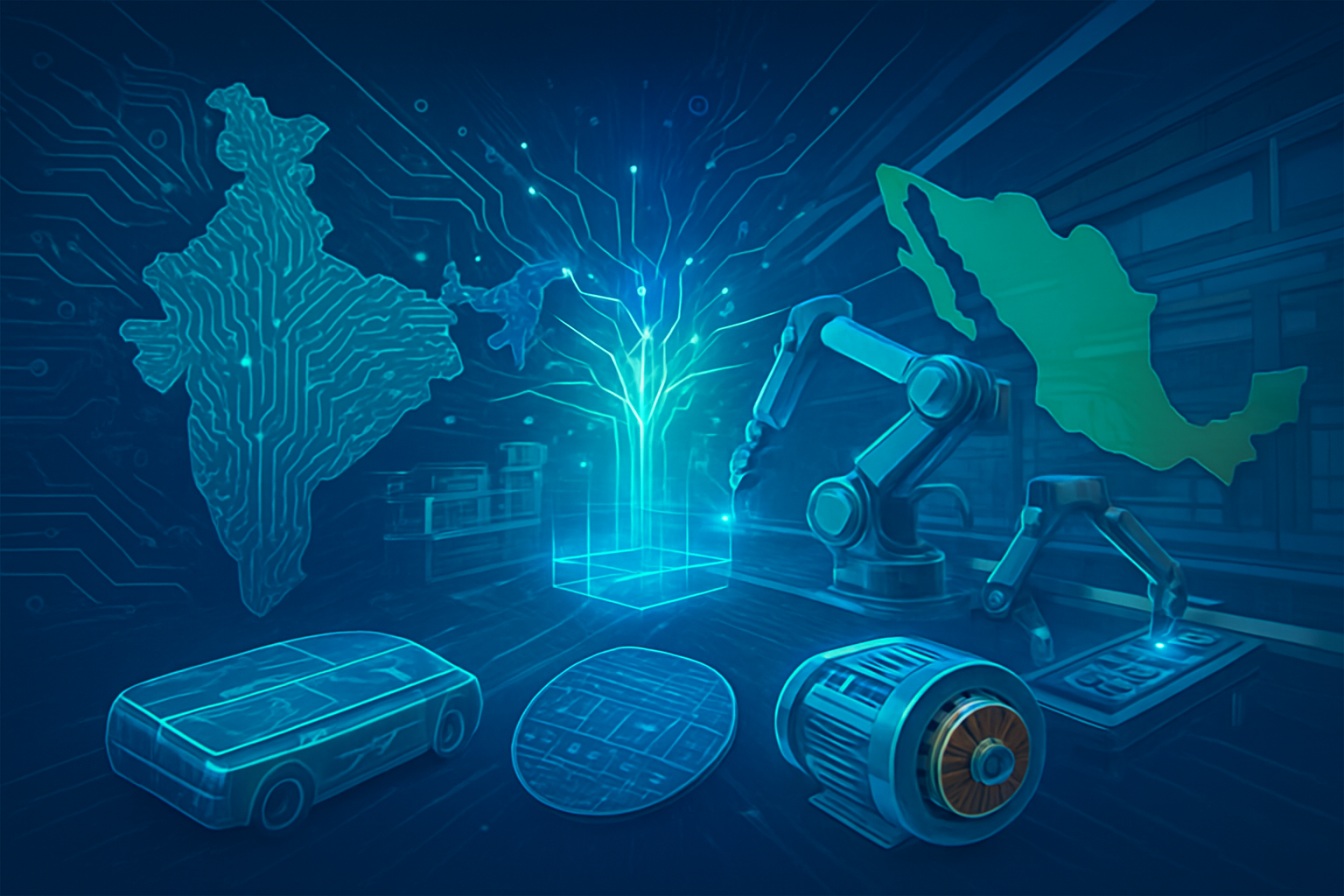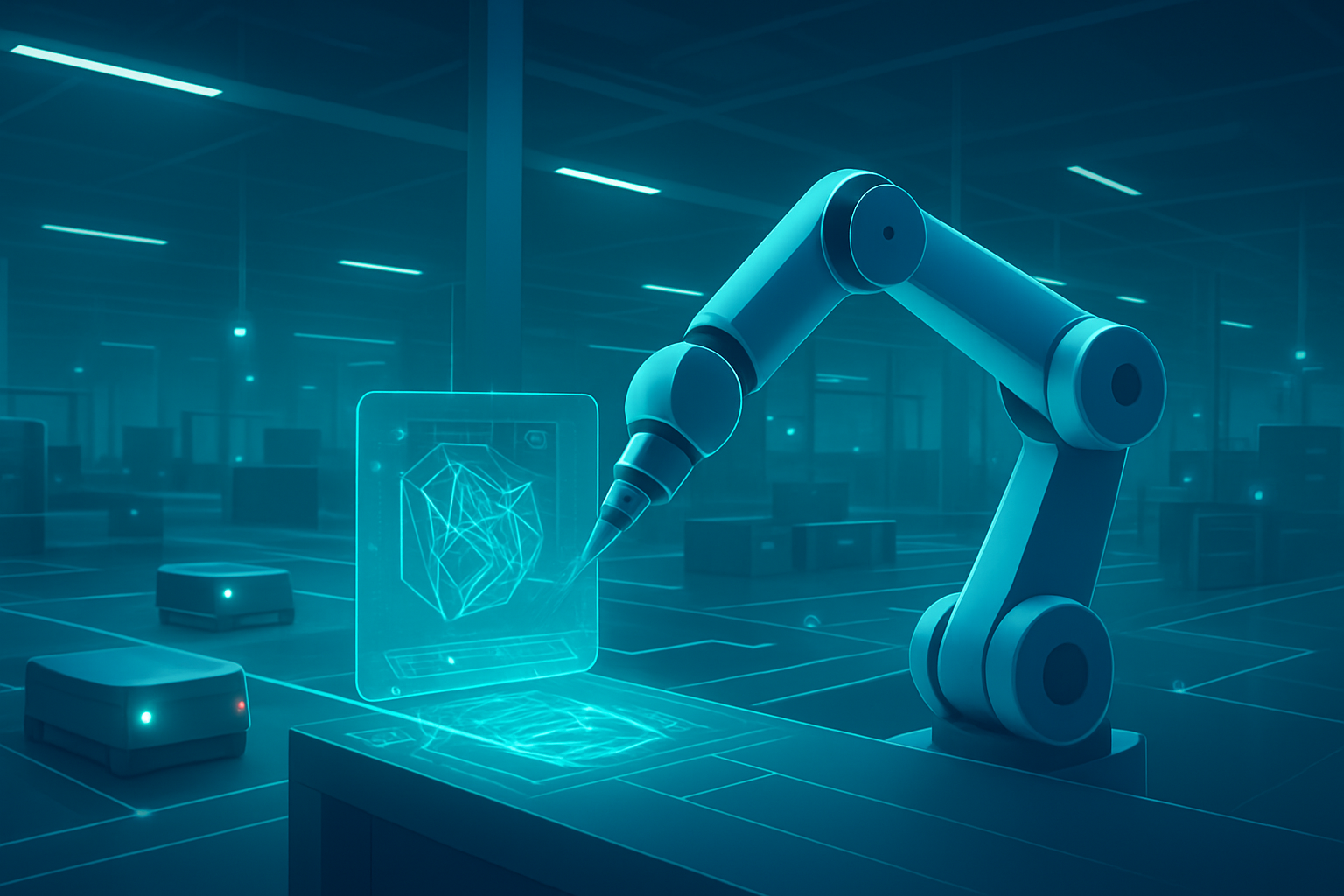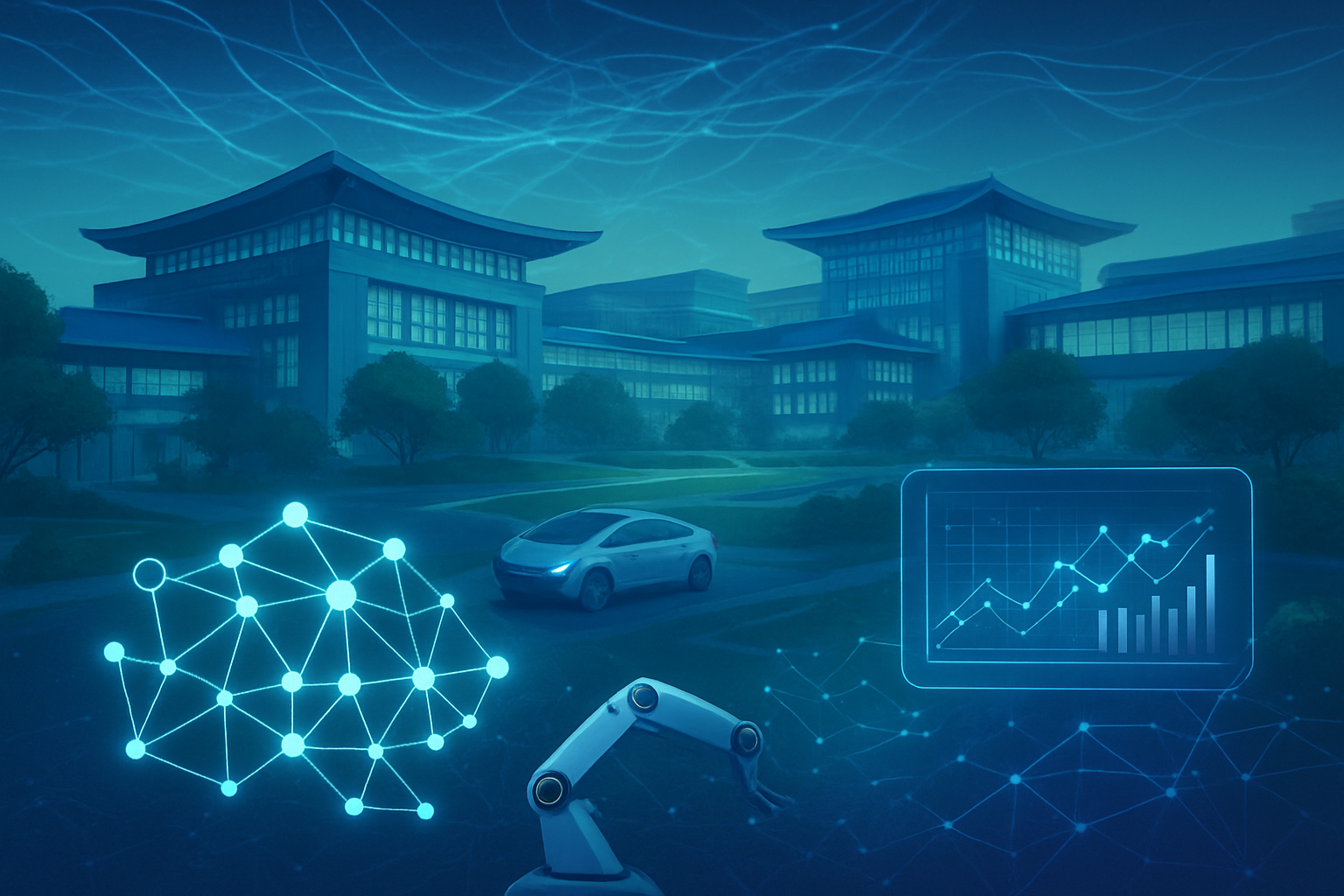PlayOn Sports, a pioneering force in high school sports media and technology, has once again cemented its position as an industry leader, earning a coveted spot on the Deloitte Technology Fast 500 list for the fourth consecutive year. This consistent recognition, culminating in its 2025 appearance with an impressive 136% revenue growth, underscores the company's relentless commitment to platform innovation and the transformative power of artificial intelligence in democratizing and enhancing the high school sports experience.
The Atlanta-based company's sustained rapid growth is a testament to its strategic integration of advanced technologies, particularly AI, across its suite of fan engagement platforms. In an era where digital presence is paramount, PlayOn Sports is not merely adapting but actively shaping the future of how high school sports are consumed, managed, and celebrated, leveraging intelligent systems to deliver immersive and accessible experiences for athletes, coaches, administrators, and fans nationwide.
The AI Engine Behind High School Sports Innovation
PlayOn Sports' success on the Deloitte Technology Fast 500 is deeply rooted in its comprehensive "all-in-one fan engagement platform," which strategically employs AI to power its various brands: NFHS Network, GoFan, rSchoolToday, and MaxPreps. These platforms represent a sophisticated ecosystem where artificial intelligence is increasingly becoming the backbone for automation, personalization, and operational efficiency.
The NFHS Network, for instance, is a prime example of AI's impact on live sports streaming. While not always explicitly stated, the rapid expansion and cost-effectiveness of broadcasting thousands of high school games often rely on AI-powered automated camera systems. These intelligent cameras can track the ball and players, zoom, and adjust settings autonomously, eliminating the need for human operators and making live streaming accessible even for smaller schools. Furthermore, AI algorithms can automatically generate highlight reels and instant replays, curating personalized content for fans and significantly enhancing post-game engagement. This differs from traditional broadcasting by drastically lowering production barriers and enabling a scale of coverage previously unimaginable for non-professional sports.
Similarly, GoFan, PlayOn Sports' digital ticketing solution, benefits immensely from AI advancements. AI can enable dynamic pricing models that adjust ticket costs based on demand, opponent, day of the week, and even weather forecasts, optimizing revenue for schools while offering flexible options to fans. Beyond pricing, AI-driven analytics can personalize ticket recommendations based on a fan's purchase history and preferences, and sophisticated fraud detection algorithms enhance security. The rSchoolToday platform, focusing on scheduling and sports marketing, leverages AI to solve complex logistical challenges. AI-powered scheduling software can instantly generate optimized schedules, considering venue availability, team and official schedules, travel times, and academic constraints, minimizing conflicts and saving athletic directors hundreds of hours. This capability is a significant leap from manual or less intelligent scheduling systems, which often lead to errors and inefficiencies. MaxPreps, while more content-focused, can utilize AI for automated content generation, statistical analysis, and personalized news delivery. Initial reactions from the sports technology community highlight the potential for such integrated AI solutions to revolutionize grassroots sports, making them more professional, accessible, and engaging.
Reshaping the Competitive Landscape for Sports Tech
PlayOn Sports' AI-driven growth and platform innovation have profound implications for AI companies, tech giants, and startups operating in the sports technology sector. By demonstrating the efficacy and scalability of AI in high school sports, PlayOn Sports (a private entity) is setting a new benchmark. Companies that specialize in computer vision for sports analytics, natural language processing for automated commentary or content generation, and machine learning for predictive analytics stand to benefit from the increased demand for such specialized AI solutions.
This success creates competitive pressure on other sports technology providers to integrate more advanced AI capabilities into their offerings. Tech giants with robust AI research divisions could view this as an opportunity to acquire or partner with companies that have established a strong foothold in niche sports markets, leveraging their AI infrastructure to further enhance existing platforms. For startups, PlayOn Sports' model validates the market for AI-powered solutions in traditionally underserved segments like high school athletics, potentially attracting more venture capital into this space.
The potential disruption to existing products or services is significant. Traditional manual processes for scheduling, ticketing, and game broadcasting are becoming obsolete in the face of AI automation. Companies that fail to embrace AI risk being outmaneuvered by more agile, technologically advanced competitors. PlayOn Sports' market positioning as an "all-in-one" platform, bolstered by AI, provides a strategic advantage by creating a comprehensive ecosystem that is difficult for single-solution providers to replicate. This integrated approach not only enhances user experience but also creates valuable data synergies that can further refine AI models, leading to a virtuous cycle of improvement and competitive differentiation.
Broader AI Trends and Societal Impact
PlayOn Sports' consistent recognition within the Deloitte Technology Fast 500, driven by its AI-powered platform innovation, fits squarely into the broader AI landscape and trends of democratizing advanced technology. The application of sophisticated AI to high school sports underscores a wider movement where AI is moving beyond enterprise and professional applications to empower local communities and grassroots organizations. This trend highlights AI's role in making high-quality, professional-grade tools accessible and affordable for environments with limited resources.
The impacts are far-reaching. AI-driven streaming through platforms like NFHS Network significantly increases visibility for student-athletes, potentially aiding in college recruitment and scholarship opportunities that might otherwise be missed. Automated highlights and personalized content boost fan engagement, fostering stronger community ties around local sports. The efficiency gains from AI in scheduling and ticketing free up valuable time for athletic directors and school staff, allowing them to focus more on student development and less on administrative burdens. Potential concerns, however, include data privacy, especially concerning student-athletes' performance data and fan engagement metrics. Ensuring ethical AI use, transparency in data collection, and robust security measures will be crucial as these platforms continue to evolve.
This development can be compared to previous AI milestones that brought complex technologies to everyday users, such as the widespread adoption of AI in recommendation systems for e-commerce or streaming services. PlayOn Sports is doing something similar for high school sports, taking advanced AI capabilities that were once exclusive to professional leagues and making them accessible, scalable, and affordable for local communities. It represents a significant step in the ongoing mission of AI to augment human capabilities and enrich experiences across all facets of society.
The Horizon: Future AI Developments in Sports Tech
Looking ahead, the trajectory of AI within sports technology platforms like PlayOn Sports promises even more transformative developments. Near-term advancements are likely to focus on refining existing AI applications, such as more sophisticated automated camera movements, enhanced real-time statistical overlays for streaming, and predictive analytics for fan engagement and resource allocation. We can expect even greater personalization in content delivery, with AI tailoring highlight reels and news feeds to individual fan preferences with increasing accuracy.
Long-term developments will likely see the integration of generative AI for creating highly immersive experiences. Imagine generative AI producing dynamic virtual reality (VR) training environments for athletes, simulating game scenarios for strategic development, or even crafting personalized ad campaigns for local sponsors. Advanced computer vision will move beyond basic tracking to offer granular analysis of player biomechanics, tactical execution, and even real-time, in-game strategic suggestions for coaches. Predictive AI will become even more proactive, anticipating ticketing demand, potential scheduling conflicts, and optimal marketing campaign timings before they arise.
Challenges that need to be addressed include the continuous need for robust data governance, ensuring fairness and mitigating bias in AI algorithms, and adapting to evolving regulatory landscapes around data privacy. Experts predict a future where AI will not only automate but also intelligently assist in nearly every aspect of sports management and fan engagement, creating hyper-personalized "fan journeys" and optimizing every operational facet. The seamless integration of AI platforms with wearable technology could also provide continuous monitoring of athlete health and performance, leading to individualized training and injury prevention plans.
A New Era for High School Sports, Powered by AI
PlayOn Sports' repeated recognition in the Deloitte Technology Fast 500 is more than just an accolade for rapid growth; it's a powerful affirmation of the pivotal role artificial intelligence is playing in revolutionizing high school sports. The key takeaway is that AI is enabling unprecedented accessibility, efficiency, and engagement in a sector traditionally underserved by cutting-edge technology. Through its platforms like NFHS Network, GoFan, and rSchoolToday, PlayOn Sports is demonstrating how AI can streamline operations, create richer fan experiences, and elevate the visibility of student-athletes across the nation.
This development's significance in AI history lies in its application to a massive, yet often overlooked, segment of the sports world. It showcases AI's capacity to democratize sophisticated technological capabilities, making them available to local communities and fostering a new level of professionalism and engagement in grassroots sports. The long-term impact will likely be a fully integrated, AI-powered sports ecosystem where every aspect, from game scheduling and live broadcasting to fan interaction and athlete development, is optimized by intelligent systems.
In the coming weeks and months, watch for continued innovations in automated content creation, more advanced personalization features, and further integration of predictive analytics within sports technology platforms. As PlayOn Sports continues its growth trajectory, its journey will serve as a compelling case study for how targeted AI application can drive both commercial success and profound community impact, setting a new standard for sports technology in the digital age.
This content is intended for informational purposes only and represents analysis of current AI developments.
TokenRing AI delivers enterprise-grade solutions for multi-agent AI workflow orchestration, AI-powered development tools, and seamless remote collaboration platforms.
For more information, visit https://www.tokenring.ai/.









